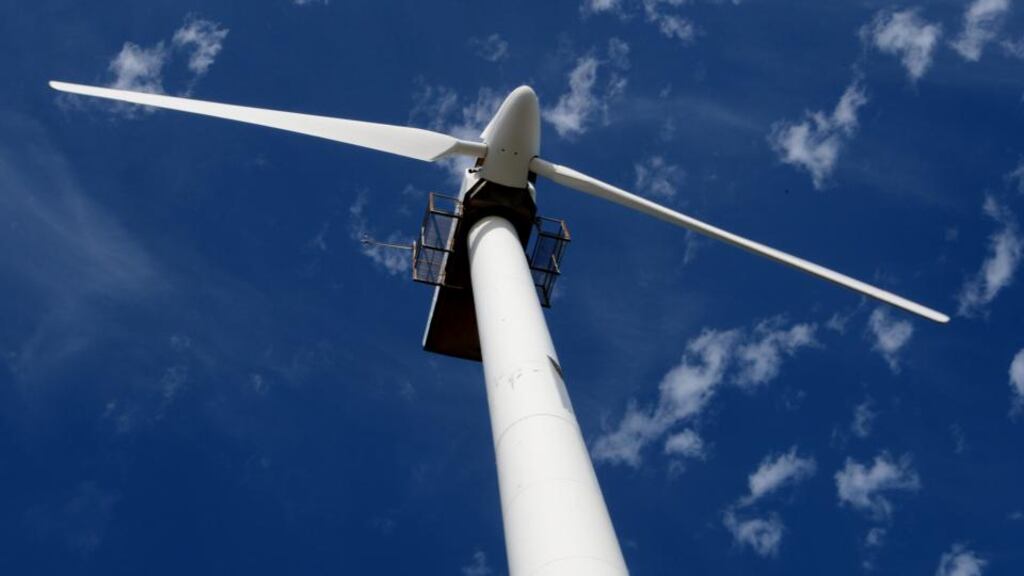A drop in wholesale gas and electricity prices, along with greater wind energy generation, pushed down the Bord Gáis Energy index by 5 per cent in February. The index stood at 140, which is 7 per cent down on the same month last year.
About 23 per cent of Ireland’s electricity demand was met by wind generation, which displaced more expensive gas-powered plants and this helped lower Irish wholesale electricity prices.
Alongside this, the relatively mild winter, and the consequent probability of a significant storage overhang, is also believed to have pushed down wholesale prices.
John Heffernan, gas and power trader at Bord Gáis Energy, said: "February saw a decrease in the cost of wholesale electricity and gas. This is as a result of a number of factors, including the unseasonably mild weather, significant volumes of electricity produced by wind in both Ireland and the UK and very weak coal prices. Since the beginning of March the Ukrainian crisis has had an impact and pushed wholesale gas prices higher. This highlights Europe's dependency on fuel imports, which exposes the continent to price volatility and places its industries at a competitive disadvantage.
Demand rise
“Looking ahead in terms of oil, influential forecasters expect demand will likely rise more than
anticipated this year due to a pick-up in European and US economic activity. Both the International Energy Agency and Opec have increased their expectation of global oil demand and global oil consumption in January was 1.1 million barrels per day higher than the same time last year.
“Ongoing geopolitical concerns, diminishing global commercial stocks and an erosion of Opec’s spare capacity contributed to a tight oil market in February which nudged Brent crude prices higher in dollar terms.”
Brent crude prices were unchanged month-on- month in euro terms, although they rose close to $3 month-on-month closing at $109 (€78.54) per barrel. However, the euro’s gain versus the dollar protected euro zone buyers.
















